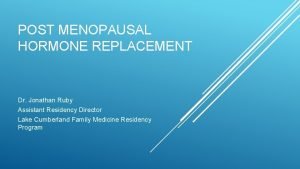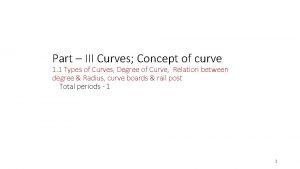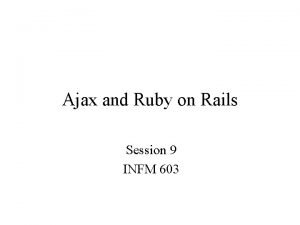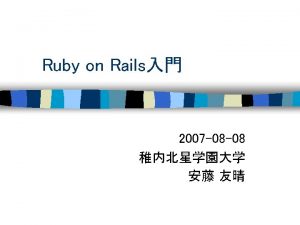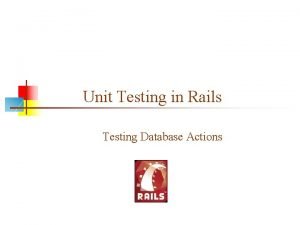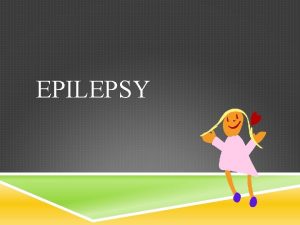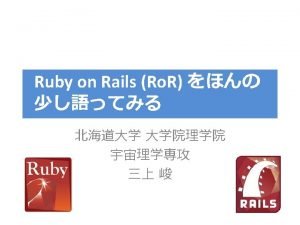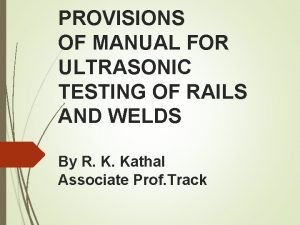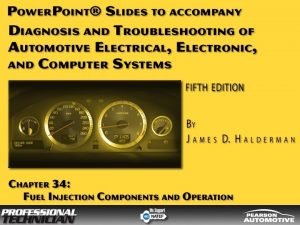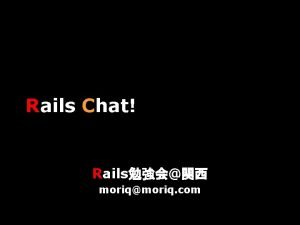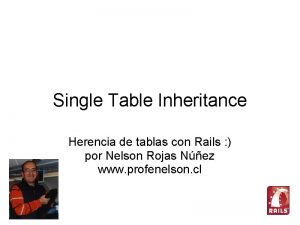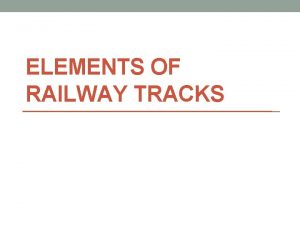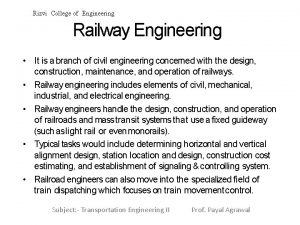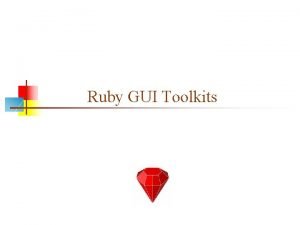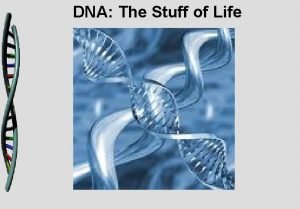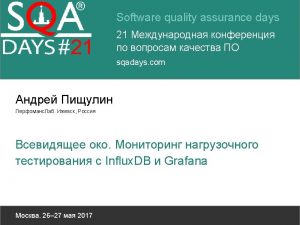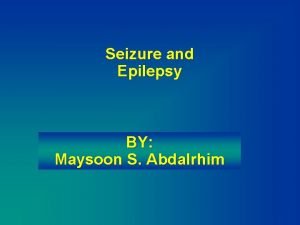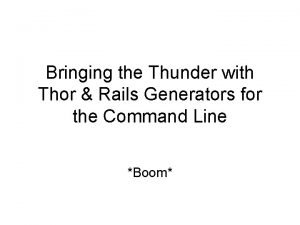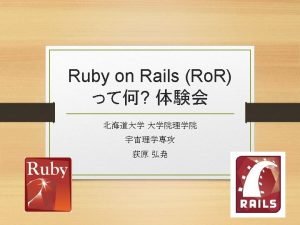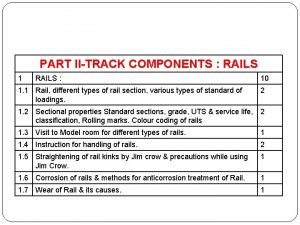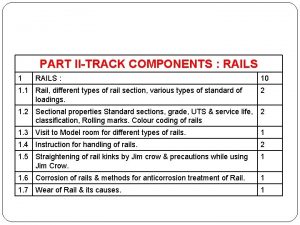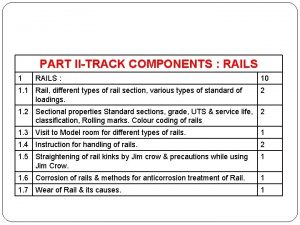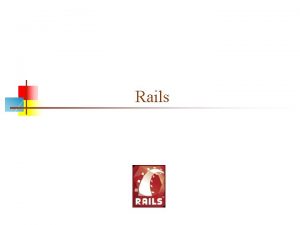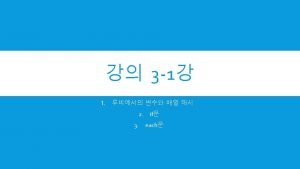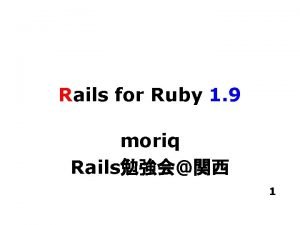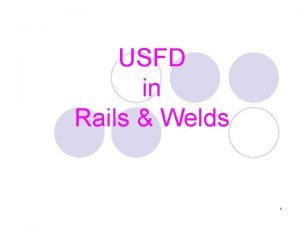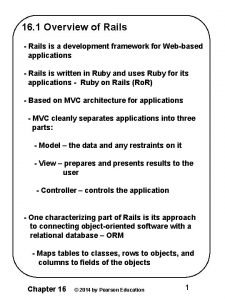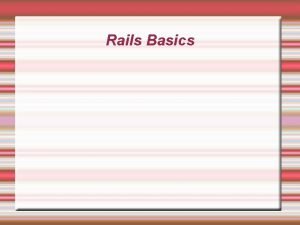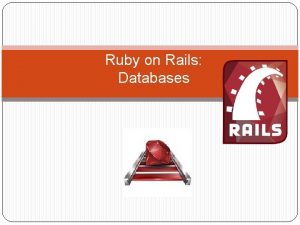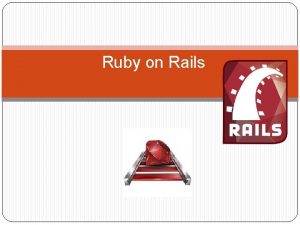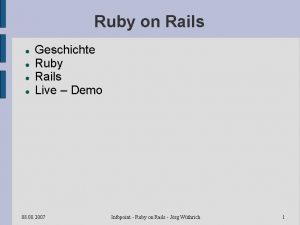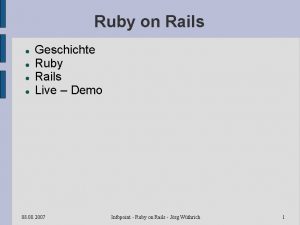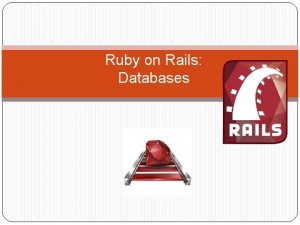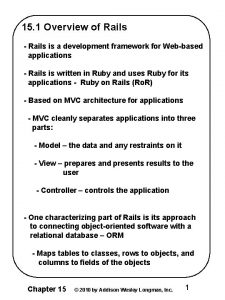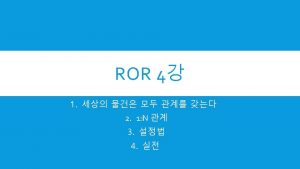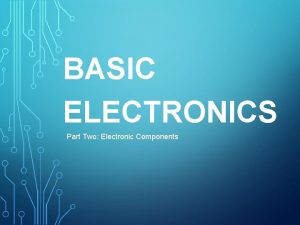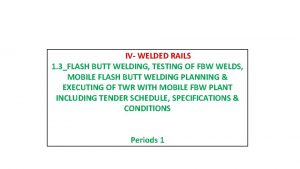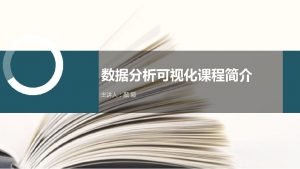PART IITRACK COMPONENTS RAILS 1 RAILS 10 1

























- Slides: 25

PART II-TRACK COMPONENTS : RAILS 1 RAILS : 10 1. 1 Rail, different types of rail section, various types of standard of loadings. 2 1. 2 Sectional properties Standard sections, grade, UTS & service life, classification, Rolling marks. Colour coding of rails 2 1. 3 Visit to Model room for different types of rails. 1 1. 4 Instruction for handling of rails. 2 1. 5 Straightening of rail kinks by Jim crow & precautions while using Jim Crow. 1 1. 6 Corrosion of rails & methods for anticorrosion treatment of Rail. 1 1. 7 Wear of Rail & its causes. 1

PART II-TRACK COMPONENTS : RAILS 1. 2 Sectional properties Standard sections, grade, 2 UTS & service life, classification, Rolling marks. Colour coding of rails



Ultimate Tensile Strength Rail 72 UTS 90 UTS H/H Rail Weld UTS 740770 524784 960990 646 -823 1240 7601130 1300 400500 276525 520580 526 -543 840850 7 -12 10 -14 Lower Than parent rail YIELD STRESS ELONGA 18 -19 TION % 7 -9 730 -810 No Much ductility

Stipulated service life(In GMT) Rail section 72 UTS 90 UTS 60 Kg/m 550 800 52 Kg/m 350 525

ROLLING MARKS (Brand marks) Brand mark shall include: • Rail section • The Grade of steel • Identification mark of manufacturer • Month (using Roman numbers) and last two digits of year of manufacture • Process of making (O –Basic oxygen or E- electric) (Brand mark will be rolled at every 3. 0 m. The letters should be at least 20 mm in height and at least 1. 0 mm above surface of the web of rail. )

It shall be rolled in relief on one side of web of each rail • 3 to 4 meters interval • Size of letters - At least 20 mm • minimum 1. 5 mm above surface of the web 880 60 O SAIL XII/2002 →

Rolling mark includes: • 880 – Grade of steel • 60 kg – Weight & type of section • SAIL – Name of manufacturer • VI 2017 – Month and year • O. B – Process of manufacture

• • • UIC – International Union of Railway Actual weight – 60. 34 kg Area of cross section – 76. 86 sq. cm Service life – 800 GMT Suitable for use up to a speed of 160 kmph



Details of standard Rail sections Rail secti on 52 KG Wt/ meter in kg 51. 89 60 KG 60. 34 60 E 1 60. 21 Area of Different dimensions in mm cross section A B C D E F 6615 156 136 67 15. 5 51 29 7686 7670 172 150 74. 3 16. 5 51 72 16. 5 51 31. 5

Identification of Different Qualities of Rails in the Field– • (1) Prime Quality’ Rails– • These rails are to suitable for use in running track at all location and are classified as Class ‘A’ and Class ‘B’ rails based on tolerance in End straightness as given below. End Straightness TOLERANCES CLASS “A” RAIL CLASS “B” RAIL Horizontal Deviation of 0. 5 mm Measured as maximum ordinate from the chord of 2. 0 M standard straight edge. Deviation of 0. 7 mm Measured as maximum ordinate from the chord of 1. 5 M standard straight edge. Vertical (up Sweep) Deviation of 0. 4 mm measured Deviation of 0. 5 mm measured as as maximum ordinate from the chord of 2. 0 M standard 1. 5 M standard straight edge. Vertical (Down Nil Sweep) Nil

‘Industrial Use’ Rails (IU rails)– • There is no deviation in chemical composition or mechanical properties in ‘Industrial Use’ rails form that of ‘Prime Quality’ rails. The deviations exist only in tolerances for Parameters as mentioned in IRS-T-12. • These rails can be used in industrial sidings with a speed restriction of 50 Kmph. IU rails can be identified by blue paint on end face of flange and both sides of flange for a distance of 500 mm from each end. The letter ‘IU’ (Industrial Use Grade) as the case may be in 15 mm size shall be stamped on both end faces of rails in addition to color marking.

MEASUREMENTS

Permissible Variations in Dimensions of Rail Sl Item Prime Quality no rails (mm) 1 Overall height of rail +0. 8 to -0. 4 2 Width of head Measured 14 ± 0. 5 mm below the rail top For sections less ± 1. 0 3 Width of than 60 kg/m flange For sections 60 +1. 2 to -1. 0 kg/m and above 4 Thickness of web Measured at +1. 0 to -0. 5 the point of minimum IU rails (mm) +2. 0 to -1. 0 +2. 0 +1. 5 to -2. 0 +2. 0 to 1. 0 Note: Rails loaded in one wagon should not be mixed with other rails for dispatch.


Common lengthwise colour code • No paint on gauge/non-gauge face indicates class B rails • 13 m, 26 m, 130 m, 260 m - yellow paint on each end face • 12 m, 25 m, 129 m, 259 m – blue • 11 m, 24 m – white 10 m – green •


• • • Class I – No marks Class II a)Second hand rail fit to be relaid in running lines – Ends to be painted with a daub of white b)Second hand rail fit to be relaid in non running lines Ends to be painted with a daub of yellow Unserviceable rails not fit for use – Ends to be painted with a daub of red

Color code of different type of rail • Grade of rails colour code • 880 grade no paint on web surface • 1080 H. H. Rails --- Blue paint on both sides of web surface for a distance of 500 mm & from each end • 1080 Cr. Rails --- Green paint on both sides of web surface for a distance of 500 mm & from each end

Common lengthwise colour code • Yellow paint on each end face on web region-- 13 m, 26 m, 130 m and 260 m • Blue paint on each end face on web region---- 12 m, 25 m, 129 m and 259 m • White paint on each end face on web region---- 11 m, 24 m • Green paint on each end face on web region -- 10 m • Longer rails: • As per IRS-T-12, the standard length of rails is 13 m or 26 m. However, the manufacturer may also supply longer rails of 65 m, 130 m and 260 m length as required by purchaser.

Identification of different qualities of Rails (As per T-12/09) Class ‘A’ Rail Class ‘B’ Rail ‘IU’ Rail Green paint on gauge/non gauge face for a distance of 500 mm at each end No paint mark 1. Blue paint on both sides end face of flange for a distance of 500 mm from each end. 2. The letter ‘IU’ shall be stamped in 15 mm size on end faces

THANKS
 Jonathan slide rails
Jonathan slide rails Versine
Versine Rails session model
Rails session model Ruby on rails demo
Ruby on rails demo Rails test database
Rails test database Seizure precautions nursing
Seizure precautions nursing Ruby gem おすすめ
Ruby gem おすすめ Double cleated ladder
Double cleated ladder Manual for ultrasonic testing of rails and welds
Manual for ultrasonic testing of rails and welds Absinq
Absinq Electronic returnless fuel systems use the
Electronic returnless fuel systems use the Rails chat
Rails chat Single table inheritance rails
Single table inheritance rails Advantages of double headed rails
Advantages of double headed rails Railway engineering
Railway engineering Java gui toolkits
Java gui toolkits The two outside rails of the double helix are called
The two outside rails of the double helix are called Rails influxdb
Rails influxdb üdc
üdc Rockstar servers storing
Rockstar servers storing Seizure precautions bed rails
Seizure precautions bed rails Rails thor
Rails thor Rocket sled on rails
Rocket sled on rails Rails webrick
Rails webrick Flat footed rail
Flat footed rail Timbering in loose soil
Timbering in loose soil
